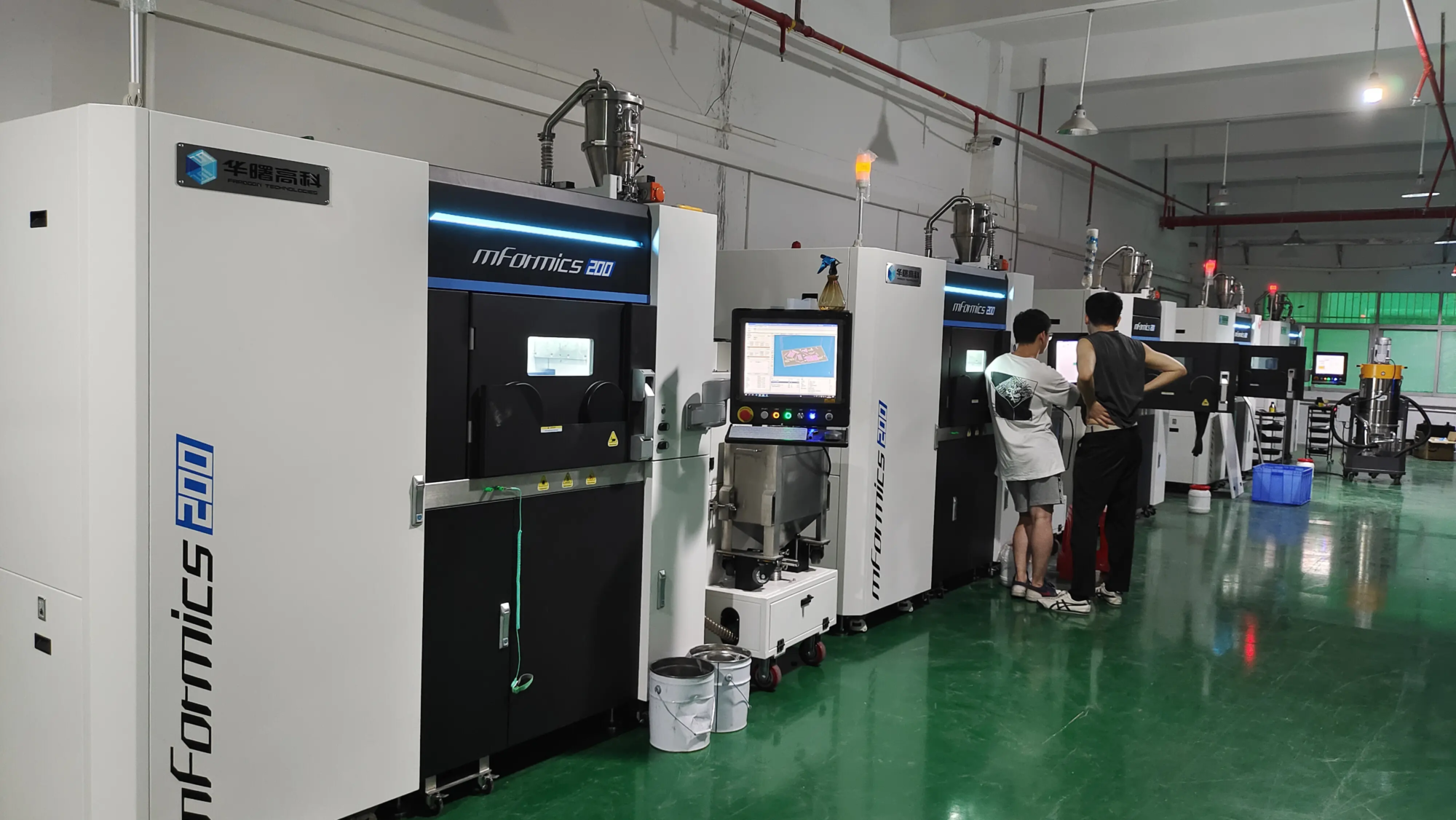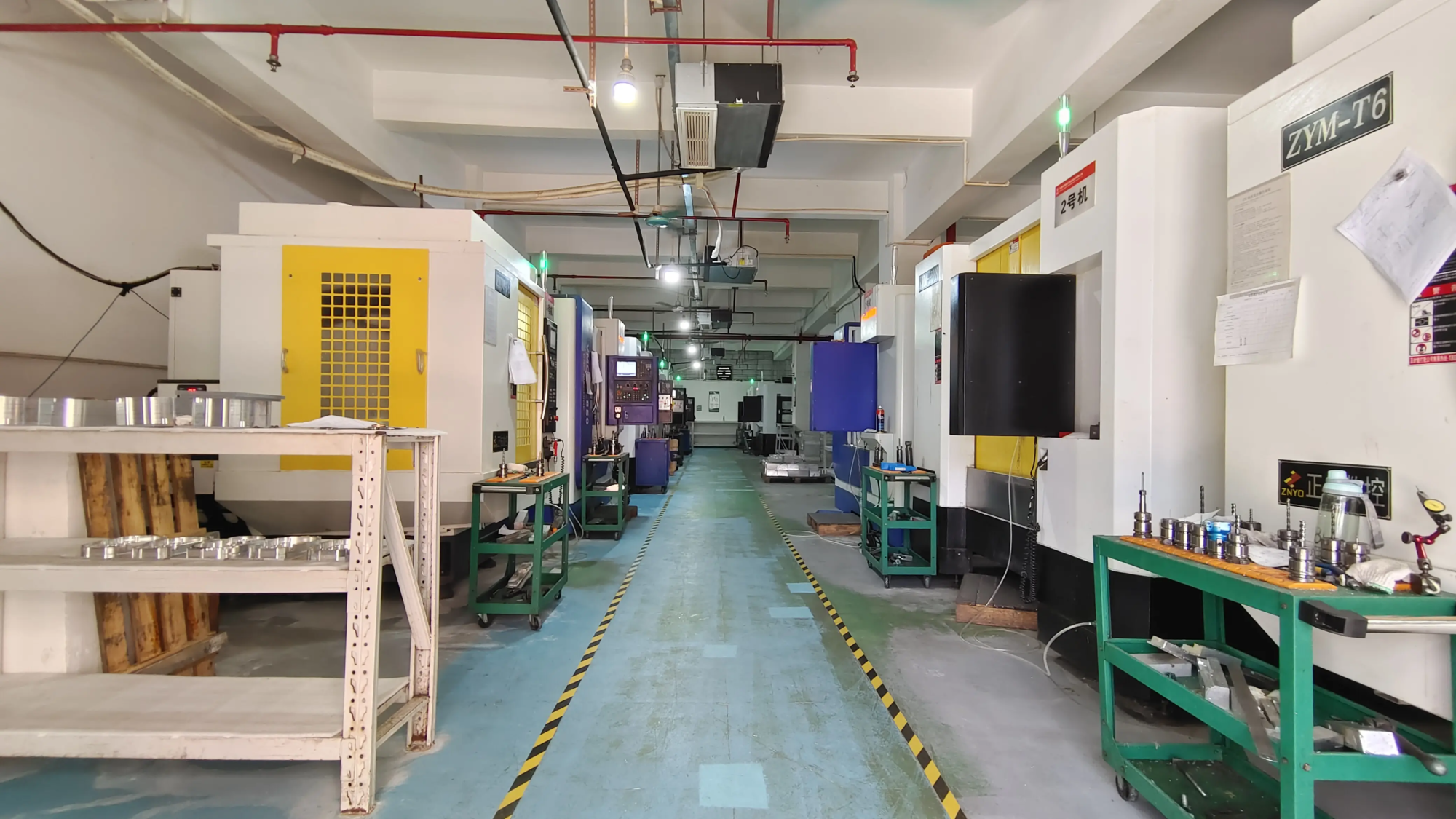Silent Revolution on the Dining Table: 3D Printed Chopsticks
For thousands of years, chopsticks have been an elegant and essential tableware in Asia, transforming from simple branches to exquisite musical instruments of exquisite wood, bamboo, metal and plastic. But this ancient tool is now at the forefront of the modern manufacturing revolution: 3D printing. Additive manufacturing is no longer limited to prototypes and industrial parts, bringing unprecedented personalization, functionality and hygiene to the dining experience of 3D printed chopsticks. This is not science fiction; it is an innovation that can change the way we interact with this basic tableware.
Beyond the Prototype: The Techniques for Making Your Next Meal
Many collaborative 3D printing with plastic trinkets, professional-grade technology, e.g. Selective laser melting (SLM) New possibilities for metal chopsticks are being unlocked. Here is how it works at a high level:
- Digital Blueprint: Everything starts with a highly detailed 3D CAD model. Unlike traditional manufacturing constrained by molds, the design can be unlimitedly customized – changing the grip texture, weight distribution, balance point, length, tapering, and even complex decorative patterns with unparalleled freedom.
- Manufacturing by layer (SLM): This is where Greatlight’s premium SLM equipment shines. High power laser selectively melts ultrafine metal powders (such as stainless steel, titanium, or even exotic alloys such as cobalt powder or inconel) and blends them accurately according to digital models. The layer thickness can be reduced to tens of microns, ensuring excellent detail and strength.
- Support structural integration: For complex overhanging functions often found in ergonomic grips or art designs, temporary support structures are automatically generated and printed simultaneously to maintain the model during the construction process. Their removal is a critical post-processing step.
- Professional post-processing: Original printed metal parts need to be completed by experts. This is the core advantage of a full-service provider like Greatlight. The steps include:
- Stress relief: Heat treatment is used to reduce internal stresses of rapid melting and cooling.
- Support removal: Carefully remove the support structure without damaging complex chopsticks.
- Surface finish: Techniques such as CNC machining, vibration polishing, tumbling, electrochemical polishing, and even manual polishing as required by the customer to achieve the desired smoothness (from matte to mirror effect), hygiene and tactile feel.
- Cleaning and sterilizing: Strict ultrasound cleaning and sterilization ensures medical-grade hygiene standards for food contact.
- Quality Control: Accurate metrology using CMM (coordinate measuring machine) and visual inspection ensures that each pair meets exact dimensional tolerances and aesthetic requirements.
Why 3D printing is the future of chopstick design
The move toward additive manufacturing has a compelling advantage over traditional methods:
- Unrivaled customization and ergonomics: Truly personalize your dining experience. The designed chopsticks are tailored to the individual’s precise hand size, grip strength and comfort needs – perfect for people with arthritis, limited sensitivity or unique preferences. Restaurants can create signature cutlery that reflects their brand aesthetics.
- Excellent material properties: SLM printed metal chopsticks (especially stainless steel 316L or titanium) provide excellent hygiene – their non-porous surfaces are far better resistant to bacteria than wood or bamboo. They are extremely durable, resist warping, corrosion and heat and provide a lifetime of use. Material properties can be fine-tuned during printing.
- Design freedom and complexity: Create impossible geometry: hollow structures for lightweight, complex lattice patterns, for grip and aesthetics, integrated rest, branding directly embossed into metal, and even integrated temperature sensors (in advanced applications), all with minimal cost compared to traditional manufacturing.
- On-demand and sustainable manufacturing: Produce only what you need, eliminating waste associated with mass production and excessive inventory. Optimized topology minimizes the usage of materials. Metal powders are usually recyclable. Greatlight’s rapid prototyping capabilities mean faster time to market for designers and businesses.
- Consistency and accuracy: Each pair is the same, printed to digital perfection, ensuring consistent quality and performance can be maintained by hand-crafting or injection molding when dealing with complex forms.
Application: 3D printed chopsticks glow
- High-end food: The exclusive restaurant offers unique, branded or ergonomic chopsticks as part of the elevated dining experience.
- Medical and Accessibility: Custom designed tableware for individuals with motor skills challenges, disability or specific treatment needs to promote independence.
- Luxury and gifts: Highly personalized, gorgeous or limited edition chopsticks are made of high-end metal (titanium, gold-plated) as statements or heirlooms.
- Promotional and branded products: The company creates unique functional promotional projects with complex logos or designs embedded directly into metal.
- Key environments: Hospitals, laboratories or situations that require the highest sterility standards benefit from non-porous, easy-to-disinfection surfaces.
- Air Travel: Lightweight, durable metal chopsticks are perfect for travel kits or high-performance environments.
Conclusion: Embrace the future of custom dining
3D printed chopsticks represent not only a novel utensil. They represent a transition to ultrasound, functional innovation and advanced manufacturing in everyday objects. By leveraging sophisticated SLM technology and professional post-processing (such as the capabilities of Greatlight’s company), these chopsticks overcome traditional limitations and offer superior hygiene, durability and customization potential. Whether you are looking for unique cutlery, designers pushing the boundaries of form, individuals who need adaptive tools, or businesses who want great merchandise, 3D printing opens up new possibilities for this old dining essential. It transforms a pair of simple sticks into custom high-performance instruments designed for its users and purposes. The future of dining is printed in a detailed layer.
Frequently Asked Questions about 3D Printing Chopsticks (FAQs)
-
Can 3D printed metal chopsticks be safe to contact with food?
- Absolutely. The metal powders used in SLM (such as food grade 316L stainless steel or titanium) are biocompatible and safe. Crucially, professional post-treatment involves thorough cleaning and polishing to achieve smooth, non-porous surfaces that meet food safety standards and resist bacterial adhesion. Notable manufacturers such as Greatlight ensure strict compliance and hygiene protocols.
-
How durable are 3D printed metal chopsticks compared to traditional metal chopsticks?
- They are more durable. SLM printed metal chopsticks are solid metals that offer excellent strength, heat resistance and resistance to bending, rupture or warping compared to wood, bamboo and even lower metal chopsticks. After proper post-processing, they can last indefinitely.
-
Can I really customize it Anything About design?
- almost! Customization is very broad within the scope of physics and specific 3D printing techniques/materials. You can change:
- Ergonomics: Grip, thickness, length, weight, balance point.
- aesthetics: Surface texture (smooth, knees, pattern), engraving, lattice structure, decorative tips.
- Function: Hollow section for light, integrated rest. Complexity is often not a cost driver in additive manufacturing. Greglight can work together to bring complex custom designs to life effectively.
- almost! Customization is very broad within the scope of physics and specific 3D printing techniques/materials. You can change:
-
What materials are usually used?
- Stainless Steel (316L): The most common choices are due to their excellent corrosion resistance, strength, food safety and affordability. Ideal for everyday use and high-end applications.
- titanium: Lighter than stainless steel, powerful, biocompatible and hypoallergenic. A quality choice for weight-sensitive applications or luxury goods.
- Other alloys: Professional alloys such as cobalt powder (high strength/wear resistance) or inconel (extreme heat/corrosiveness) are possible, but are less common for typical dining.
- (Note: While plastic/resin is present, metal SLM provides excellent food contact characteristics, durability and feel for the application).
-
How much does the cost compare to regular chopsticks?
- Large, mass-produced wooden chopsticks are always cheaper. But, Customized, small batch or high performance metal chopsticks3D printing via SLM printing can be surprisingly competitive. It eliminates the expensive tools (molds) required for complex shapes in traditional metal manufacturing. It represents a great proposition for the target application when you consider unique customization, durability and longevity values.
- I have a design concept. How do I start with Greatlight?
- Getting started has been streamlined:
- connect: Contact Greatlight through its website lookup form or contact channel.
- design: Share your concepts, sketches, CAD files or technical requirements. Their engineering team provides expert designs for Additive Manufacturing (DFAM) consultations to optimize your design.
- Quotation and prototype: Received a detailed quote. They can use advanced SLM printers to quickly produce prototypes for evaluation.
- Production and finishing: Approved, Greatlight handles complete production and meticulous post-processing internally and tailors the finished product to your exact specifications, ready to use, precise 3D printed chopsticks.
- Getting started has been streamlined:
Embrace innovation at the dining table. Explore the unlimited potential of 3D printed chopsticks today.





